Embarking on the exciting journey of Saddlebred care and grooming not only strengthens the bond between you and your equine companion but also allows you to provide the best possible environment for their growth and well-being. This comprehensive guide covers various aspects of Saddlebred Horse care, including feeding and nutrition, stable maintenance, daily grooming routines, exercise and conditioning, tack and equipment, healthcare and preventive measures, trailering and transportation, as well as show grooming and presentation.
Table of Contents (Horspedia)
Feeding and nutrition
Saddlebred Care and Grooming: Feeding and Nutrition
Saddlebred horses are known for their beauty, grace, and athleticism. As an enthusiast or hobbyist, it is essential to provide your Saddlebred with proper care and nutrition to ensure their health and well-being. In this guide, we will discuss the dietary requirements and needs of a Saddlebred horse, appropriate feed types, and how to develop a feeding schedule.
Step 1: Understand the Dietary Requirements of a Saddlebred Horse
Saddlebred horses require a balanced diet to stay fit and healthy. Their dietary needs include:
- Water: Clean and fresh water is essential for maintaining the horse’s health. It aids digestion, regulates body temperature, and supports overall bodily functions. Ensure that your Saddlebred has access to clean water at all times.
- Forage: The primary component of a Saddlebred horse’s diet should be quality forage, such as hay or pasture. This ensures they receive adequate fibre, which is necessary for proper gut function and overall health. Adult Saddlebreds should consume at least 1-2% of their body weight in forage daily.
- Concentrates: Hard-working or show Saddlebred horses may require additional energy sources. This can be provided in the form of grains or commercially prepared horse feeds tailored to their specific needs. However, concentrates should be fed in moderation, as excessive amounts can cause health issues.
- Vitamins and Minerals: Ensure that your horse is receiving the necessary vitamins (A, D, E, and K) and minerals (calcium, phosphorus, potassium, and trace minerals) for balanced nutrition. You can provide these through their forage, concentrates, and supplements as needed.
Step 2: Determine Appropriate Feed Types
While hay and pasture are essential components of a Saddlebred’s diet, you may also need to supplement their feeding with concentrates. Common feed types include:
- Grain: Oats, barley, and corn are suitable grains for providing additional energy and nutrients to your Saddlebred. When feeding grains, ensure that they are clean, free of mold, and processed for easy digestion.
- Pelleted or Extruded Feeds: Many horse owners prefer commercially prepared feeds specifically designed for Saddlebreds. These feeds are available in pelleted or extruded forms and are formulated to provide a balanced diet.
- Supplements: You may need to provide additional vitamin, mineral, or electrolyte supplements if you find that your Saddlebred is lacking in specific nutrients. Consult with your veterinarian to determine what additional supplements your horse may require.
Step 3: Develop a Feeding Schedule
A consistent feeding schedule is vital for maintaining your Saddlebred’s health and digestion. Consider the following when developing a feeding schedule:
- Frequency: Feed your Saddlebred two to three times per day, spreading their daily intake evenly across these meals. This assists in maintaining a healthy digestive system.
- Consistency: Be consistent in your feeding schedule, so your horse will know when to expect their meals. Sudden changes can lead to stress or digestive issues.
- Monitor Condition: Regularly assess your Saddlebred’s body condition to ensure they are neither overweight nor underweight. Adjust their feed accordingly to maintain a healthy weight.
- Exercise: Ensure your Saddlebred receives ample daily exercise to aid in digestion and promote overall health.
With proper understanding and implementation of feeding and nutrition guidelines, you can provide your Saddlebred horse with a healthy and balanced diet. Always consult with your veterinarian for tailored advice on your horse’s specific needs and remember to adjust your feeding program as their needs change throughout their life stages. By providing a well-rounded diet, you will be supporting your Saddlebred’s overall health and longevity, ensuring they can lead their most fulfilling life possible.

Stable maintenance
Caring for your Saddlebred horse includes maintaining a clean and safe stable environment. Proper stable maintenance ensures the health and well-being of your horse and promotes good hygiene. This guide provides instructions on stable maintenance, including mucking out stalls, proper bedding, and sanitation.Inspect the stable daily to identify any potential hazards, such as broken fences, loose nails or protruding objects. Complete necessary repairs immediately. Remove any debris, such as branches or trash, from the stable area. Sweep the stable aisles and walkways daily to avoid the accumulation of dust and dirt.Muck out your horse’s stall at least once a day. Frequently removing manure and soiled bedding helps to prevent ammonia build-up and reduce the risk of respiratory issues in your horse. Start by wearing gloves and using a pitchfork or a muckfork to remove the soiled bedding and manure. Take care not to damage the stable floor. Once the soiled bedding is removed, use a broom to sweep any remaining debris.Ensure there is adequate and comfortable bedding for your horse. Bedding options include straw, wood shavings, or shredded paper. Spread the clean bedding evenly in the stall, ensuring a depth of at least 6 inches for maximum horse comfort and health. Check the bedding daily and remove any damp or soiled spots using a pitchfork or a muckfork. Replace with fresh bedding as needed.Regularly disinfect the stall using a stable-specific disinfectant. Follow the product instructions for proper application and safety practices. Clean and disinfect feed and water buckets frequently (at least twice a week) to prevent bacterial growth and cross-contamination. If possible, allow sunlight and fresh air into the stable to reduce ammonia and moisture buildup. Use stable deodorizers designed for equine use to neutralize strong smells and promote a fresher environment.Keep pests away by storing feed in secure, tightly sealed containers. Set up fly-traps or use insecticides approved for stable use to manage insect populations. Employ an integrated pest management plan, which may include professional extermination services, to keep rodents at bay.Maintain a clean and safe pasture by regularly removing manure, filling any holes or uneven areas, and ensuring that fencing is secure and well-maintained. Keep entryways and paths to the stable free from mud and ice by adding gravel or sand as needed.A clean and safe stable environment is essential for the overall health and well-being of your Saddlebred horse. By following these steps and establishing a routine, you can ensure a comfortable and healthy living space for your horse.

Daily grooming routines
Caring for your Saddlebred horse not only ensures that they look good but also helps maintain their overall health and wellbeing. Establishing a daily grooming routine will enable you to bond with your horse while keeping it clean and comfortable. Follow these instructions on daily grooming tasks such as brushing, cleaning hooves, and mane and tail care for your Saddlebred horse.
1. Preparing for grooming:
First, gather all necessary grooming supplies and have them within easy reach. These may include a rubber curry comb, body brush, dandy brush, mane and tail brush, and hoof pick. Make sure your horse is secured in a safe area with proper halter and lead rope for grooming.
2. Brushing the body:
Start by using the rubber curry comb to remove loose hair, dirt, and sweat from your horse’s coat. Using a circular motion, work your way from the neck to the hindquarters, not forgetting their belly and chest. Be gentle around sensitive areas such as the face and legs.
3. Removing dirt and dust:
Next, use the body brush to remove any remaining surface dirt and dust from the coat. Brush with long, smooth strokes, following the direction of the hair growth. Pay close attention to the saddle area, as it’s crucial to keep it clean and free of debris to avoid irritation.
4. Cleaning the legs and face:
Use a soft dandy brush or a damp cloth to carefully brush your horse’s legs and face. Be cautious around the eyes and muzzle, as these areas are sensitive.
5. Mane and tail care:
Begin by spraying a detangling solution onto your horse’s mane and tail to make brushing easier and prevent hair breakage. Using a mane and tail brush, start at the bottom of the tail and gently work your way upward, brushing out any tangles and debris. Repeat the process for the mane, starting at the withers and gently working your way towards the poll.
6. Cleaning the hooves:
Regular hoof care is vital as it helps prevent thrush and other hoof-related issues. To begin, stand near your horse’s shoulder, lift its leg, and support it with one hand. Using a hoof pick in your other hand, gently remove debris from the hoof by working from the heel towards the toe. Be sure to clean the crevices around the frog, but don’t dig too deep as it may hurt your horse. Repeat this process for all four hooves.
7. Final touches:
To finish, check your horse’s eyes, ears, and nostrils for any dirt or discharge. Use a damp cloth to wipe them clean gently. You can also apply a coat conditioner or fly repellent as needed.
Remember to consistently perform these daily grooming tasks for your Saddlebred horse. Regular grooming will not only keep your horse happy and healthy but also strengthen your bond with them. Happy grooming!
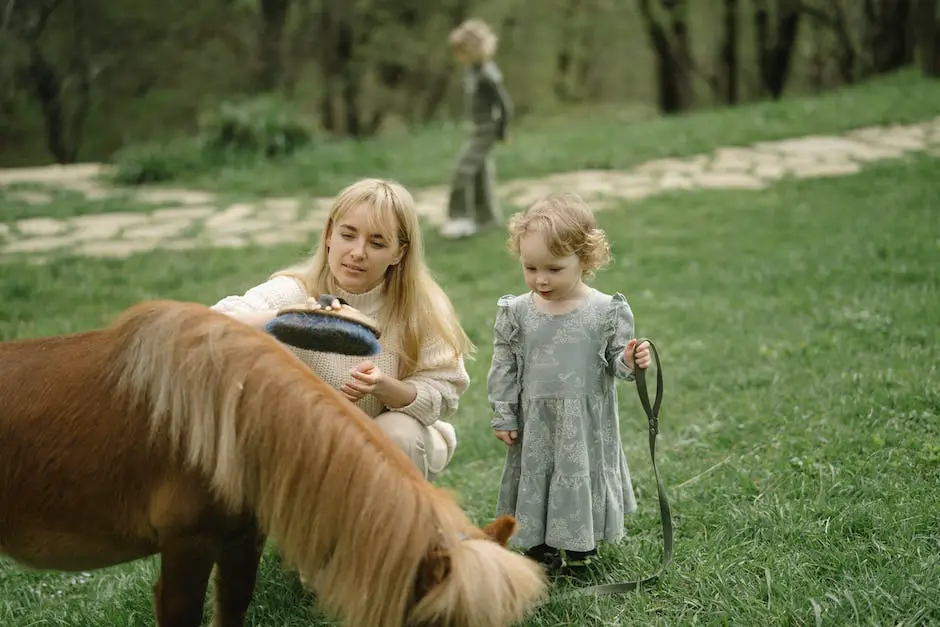
Exercise and conditioning
Saddlebred Care and Grooming: Exercise and Conditioning
As an enthusiast or hobbyist of Saddlebred horses, it’s vital to understand the importance of daily exercise and conditioning in maintaining their health and well-being. Developing a consistent training plan and learning proper warm-up and cool-down techniques can help keep your horse in top physical condition and support their overall happiness. In this guide, we will discuss the significance of daily exercise for your Saddlebred and provide step-by-step instructions for designing a training plan and mastering warm-up and cool-down methods.
Part 1: Understanding the Importance of Daily Exercise for Saddlebreds
- Enhances overall health: Regular exercise aids in maintaining your horse’s general health by improving their cardiovascular function, muscle strength, and flexibility.
- Supports mental well-being: Providing consistent physical activity helps prevent boredom and mental stress, which can lead to behavioral issues.
- Maintains appropriate weight: Daily exercise can help regulate your horse’s weight and protect them from obesity-related health problems.
- Improves athletic performance: Regular training allows your Saddlebred to develop their natural abilities and achieve their full potential.
Part 2: Developing a Training Plan for Your Saddlebred
- Consult with your veterinarian: Reach out to a trusted equine professional to discuss your horse’s current health and fitness needs before designing an exercise routine.
- Determine your goals: Establish clear objectives for your horse’s exercise program, such as building muscle strength or improving stamina.
- Create a varied schedule: Incorporate various activities into your horse’s routine, including walking, trotting, cantering, and lateral movements.
- Plan for rest and recovery: Allocate appropriate rest days to prevent overworking your horse and reduce the risk of injury.
- Monitor progress and adjust accordingly: Regularly review your horse’s progress and make necessary adjustments to their routine to ensure they continue to advance.
Part 3: Mastering Warm-up and Cool-down Techniques
A. Warm-up Techniques:
- Begin with a slow walk: Start each exercise session with a 10–15-minute walk to help your Saddlebred’s muscles and joints loosen.
- Gradually increase intensity: Slowly progress from walking to a relaxed trot, allowing your horse’s muscles to warm up further.
- Implement dynamic stretching: Incorporate leg yield, shoulder-in, and haunches-in exercises to encourage flexibility and prepare your horse for more demanding movements.
B. Cool-down Techniques:
- Gradual decrease in intensity: After completing your training session, reduce your horse’s speed by moving from a canter to a trot and eventually a walk.
- Walk for at least 10-15 minutes: This helps your Saddlebred’s heart rate and breathing return to normal and prevents muscle stiffness.
- Stretching and massage: You may wish to practice gentle stretching exercises for your horse and massage their muscles after a cool-down walk to further aid in recovery.
Image: Saddlebred_horse_exercise
Image Description:
This image shows a beautiful Saddlebred horse with a rider wearing a helmet and gear while exercising. The horse’s muscles are flexed, and it’s gait is smooth and powerful. The rider has a gentle touch and is communicating well with the horse. The background includes beautiful scenery with trees and fields.
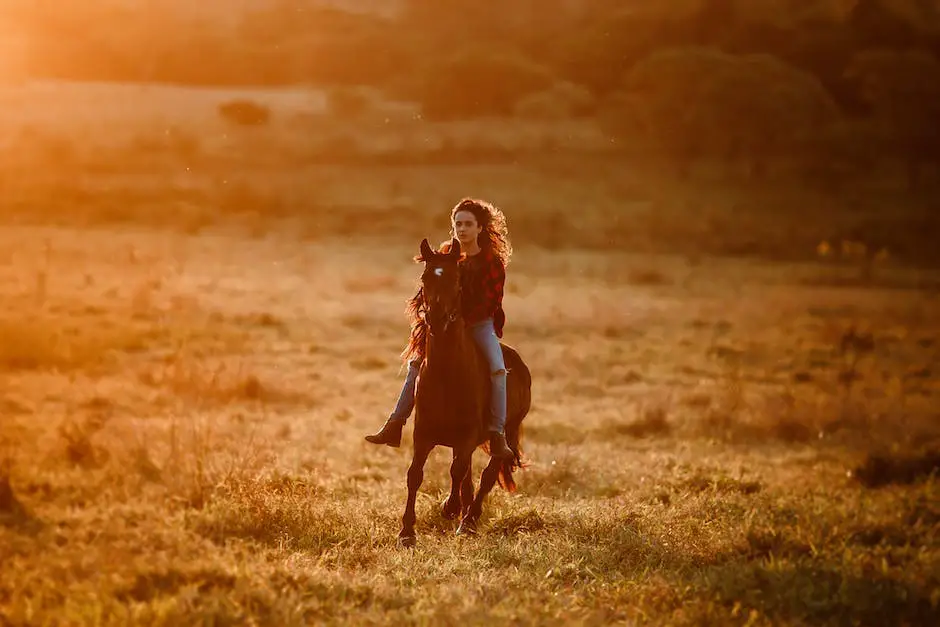
Tack and equipment
Saddlebred horses are known for their grace, beauty, and athleticism. To ensure they perform at their best and remain comfortable, it is essential to familiarize yourself with the various types of tack and equipment used for these horses. Proper fitting and care of your tack and equipment will help maintain your horse’s health and well-being. Here’s a comprehensive guide to help you with Saddlebred care and grooming.1. Saddles:The primary type of saddle used for Saddlebreds is the English saddle. There are several variations of English saddles, but the most common are Dressage, Close Contact, and All-Purpose saddles. Ensure that the saddle fits your horse properly to avoid sores and discomfort. To check for a proper fit: a. Place the saddle on your horse’s back without a blanket or pad. b. Check for adequate clearance at your horse’s withers. c. Ensure the seat of the saddle is level from front to back. d. Slide your hand under the saddle to feel for even contact along the entire length of the panels.2. Bridles:English bridles are typically used for Saddlebreds and are designed with a noseband, browband, and cheek pieces. Choose a bridle that complements your horse’s head and provides a snug, comfortable fit. When adjusting the bridle, be mindful of the following: a. The bit should rest comfortably in your horse’s mouth without pinching. b. The browband should rest on the horse’s forehead and not dig into the base of the ears. c. The noseband should not be too tight, allowing for one or two fingers to fit comfortably between the noseband and your horse’s face.3. Bits:There is a wide array of bits available, but it’s essential to choose one that is comfortable for your horse and suitable for the specific discipline you’ll be participating in. The two main types of bits for English riding are snaffle bits and curb bits. Consult an experienced trainer or veterinarian to determine the best bit for your horse.4. Girths:Choose a girth that matches the type of saddle you are using and will comfortably hold the saddle in place while riding. The girth should be snug but not too tight, and it should be buckled evenly on both sides.5. Saddle Pads:A saddle pad is necessary to provide a layer of cushioning between your horse’s back and the saddle. Whether you choose a simple cotton pad or a more advanced gel pad, ensure that it fits correctly under your saddle and maintains even contact with your horse’s back. Regularly wash your saddle pads to keep your horse comfortable and reduce skin irritations.6. Leg Protection:Boots or polo wraps are important for Saddlebred horses, especially when participating in strenuous activities such as jumping or show training. Leg protection can help prevent injuries and provide additional support.7. Cleaning and Maintenance:Proper care of your tack and equipment is crucial for the health and well-being of your horse. Regularly clean your leather items by wiping them down with a damp cloth and using a leather cleaner and conditioner. Be sure to check your tack for any signs of wear or damage, and promptly address any issues.8. Storage:Storing your tack in a clean and organized space, such as a tack room or trunk, will help prolong its lifespan and maintain its condition. Use saddle racks and bridle hooks to keep your items off the ground, and use a cover to protect your saddle from dust and dirt.Taking the time to familiarize yourself with the various types of tack and equipment for Saddlebred horses is crucial for their overall health and happiness. Proper fitting and care will ensure your horse performs at its best and remains comfortable in all its endeavors.
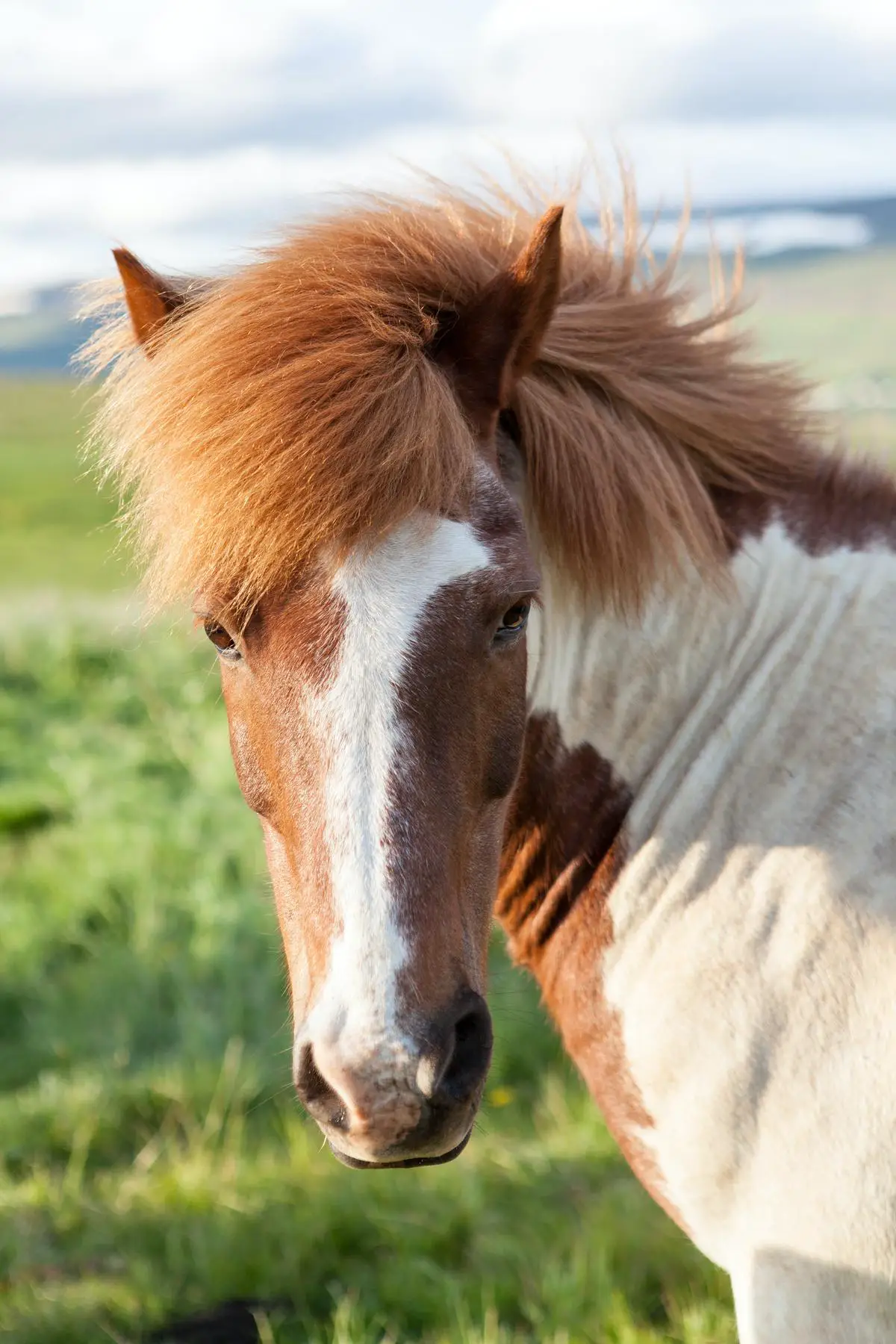
Healthcare and preventive measures
As an enthusiast or hobbyist looking to care for a Saddlebred horse, it is essential to be aware of the common health issues specific to the breed and the importance of preventive measures to ensure a healthy and happy horse. Saddlebreds are known for their strength, elegance, and stamina but can be prone to certain health problems. By taking the proper steps and providing regular veterinary and farrier care, you can ensure your horse remains in top condition.
Common Health Issues in Saddlebred Horses
- Thrush: One common health issue in Saddlebred horses is thrush, which is a bacterial infection that affects the horse’s hooves, especially the frog. It can result in a foul smell, softening of the sole, and eventual lameness if left untreated.
- Colic: Colic is a term used to describe abdominal pain in horses, which can be life-threatening if not addressed quickly. Saddlebred horses can be prone to colic due to stress or abrupt changes in diet, among other factors.
- Respiratory issues: Saddlebreds can sometimes develop respiratory issues, such as equine asthma or allergies, which can affect their performance and overall health.
Prevention Methods
- Regular veterinary care: Scheduling regular veterinary visits at least once or twice a year is essential for detecting and addressing any health issues before they become more severe. Your veterinarian will assess the horse’s overall health, vaccinations, and deworming schedule.
- Proper hoof care: Regular farrier visits, ideally every six to eight weeks, are vital for maintaining healthy hooves and preventing issues such as thrush. Keep your horse’s stall clean and dry, remove manure regularly, and provide proper bedding to help prevent thrush.
- Balanced diet: A balanced diet plays a significant role in maintaining your Saddlebred’s health. Ensure your horse has access to fresh water, quality hay, and an appropriate grain mixture. Gradually introduce any changes to their diet to avoid triggering colic.
- Regular exercise: Saddlebred horses require regular exercise to maintain their overall well-being. Schedule consistent workouts for your horse, such as riding sessions or lunging, to maintain their fitness and reduce the risk of health problems.
- Stress reduction: Minimize stressors in your horse’s environment, such as excessive noise, overcrowding, or frequent changes in routine. Stress can lead to various health issues, including colic, so creating a stable environment can help mitigate these risks.
- Vaccinations and deworming: Stay up-to-date with vaccinations and deworming schedules as advised by your veterinarian. These preventive measures can help protect your horse from infectious diseases and parasites.
Importance of Regular Veterinary and Farrier Care
- Early detection of health issues: Regular check-ups allow veterinarians and farriers to detect and address health issues before they become severe or life-threatening, saving you time, money, and potentially your horse’s life.
- Maintaining optimal performance: For Saddlebred horses involved in competitions or shows, regular care ensures that they remain in the best physical condition, maximizing their performance potential.
- Long-term health and well-being: By investing in your horse’s healthcare and staying proactive about preventive measures, you contribute to its long-term health and well-being, ensuring a happy, healthy horse for many years to come.
In conclusion, understanding common health issues and following preventive measures is critical for the care and grooming of Saddlebred horses. Through regular veterinary and farrier care, maintaining a balanced diet, providing regular exercise, and reducing stress, you can significantly improve the overall health and well-being of your horse. Stay diligent and proactive to ensure your Saddlebred remains in peak condition.
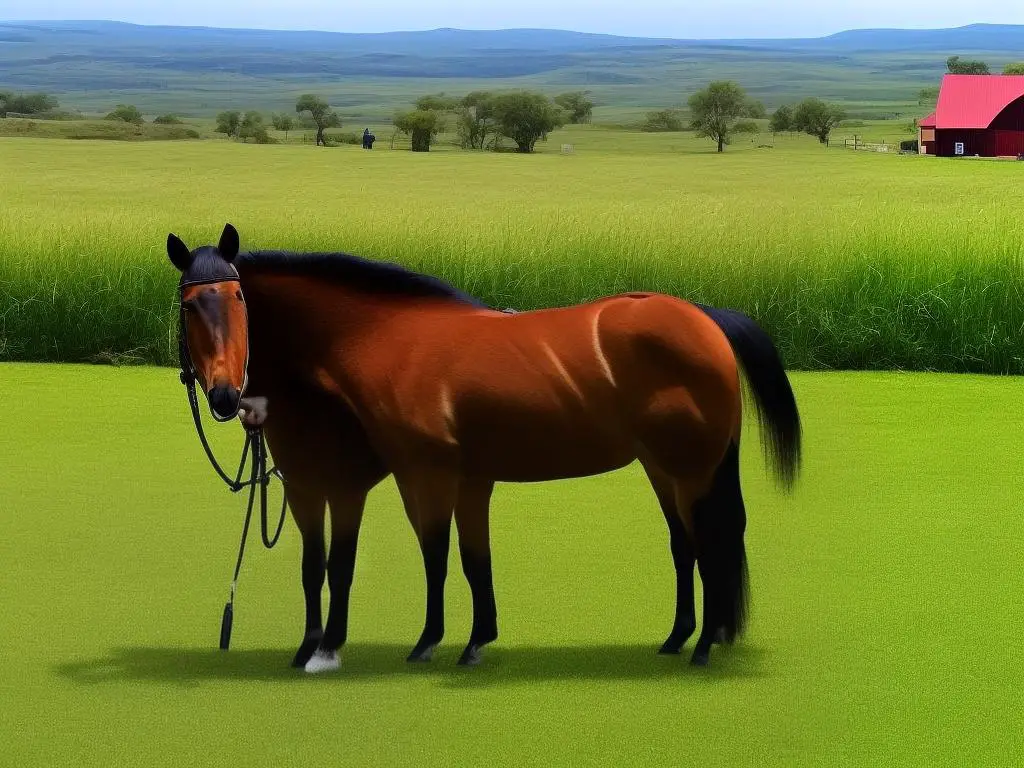
Trailering and transportation
Prepare the trailer:
- Ensure the trailer is clean, well-maintained, and free of hazards.
- Check floorboards and mats for weakness.
- Secure windows and doors, and ensure proper ventilation for your horse.
Load the horse:
- Approach the horse calmly.
- Slowly lead the horse towards the trailer.
- Gently guide the horse into the trailer, stepping up onto the ramp first to encourage them to follow.
- Secure the horse in the trailer with a quick-release knot.
- Secure the horse within their space if the trailer has partitions or dividers.
Drive carefully:
- Be mindful of speed, acceleration, and braking.
- Be aware of road conditions and traffic, and adjust driving accordingly.
Monitor your horse during transport:
- Periodically check on your horse during the journey.
- Have an assistant travel with you if possible to check on the horse while you drive.
Unloading:
- Calmly and patiently unload your horse in a quiet, safe area.
- Slowly guide your horse backward out of the trailer, allowing them time to regain their balance and footing.
Trailer maintenance:
- Regularly inspect and maintain your trailer to ensure it is safe for transporting your Saddlebred horse.
- Clean and sanitize the trailer after each use to prevent the spread of disease and keep your horse healthy.
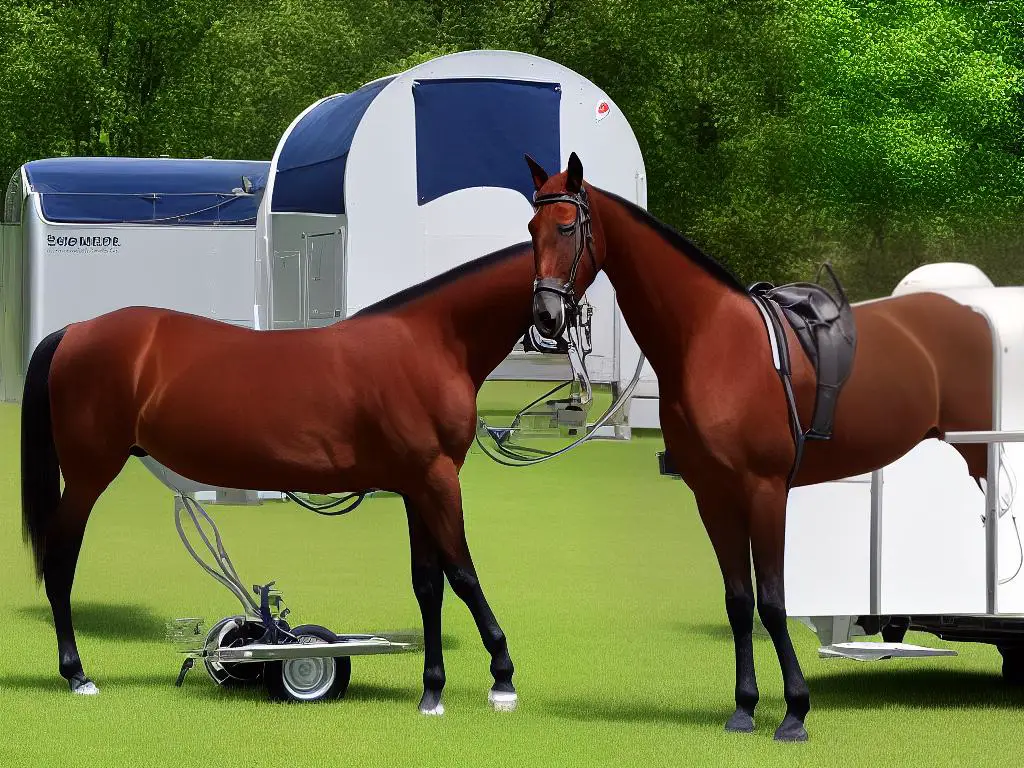
Show grooming and presentation
Proper grooming and presentation are essential when showcasing your Saddlebred horse in competitions and events. Below are step-by-step instructions to ensure your horse looks its best for the show ring.
Bathing:
Before any grooming or show prep can begin, it is crucial to start with a clean horse. Bathe your horse using a horse-specific shampoo, ensuring all dirt and sweat is removed from their coat.
- Begin by wetting the horse’s coat with a hose or bucket of water.
- Apply horse-specific shampoo to a sponge or washcloth, and rub it into the horse’s coat. Start at the neck and work your way down to the tail, including the legs.
- Rinse thoroughly to ensure all shampoo is removed from the coat.
- Use a sweat scraper to remove excess water from the horse’s coat.
- Allow the horse to air dry or use towels to dry their coat. Ensure they are completely dry before moving on to the next step.
Clipping:
Clipping your Saddlebred horse’s face, ears, bridle path, fetlocks, and pasterns will provide a clean and polished look.
- Begin with the bridle path by clipping the hair between the ears, short enough to lay flat beneath the bridle.
- Clip the facial hair to create a smooth appearance, but be cautious around the eyes and muzzle.
- Trim the hair inside and around the ears. Clip any long hairs that protrude beyond the edges of the ear. Fold the ear back gently to remove longer hairs along the edges.
- Trim fetlock and pastern hairs, being careful not to go too close to the skin or irritate the horse’s legs.
Mane and Tail:
Saddlebred horses typically have a long, natural mane and tail. To prep your horse for a show, follow these steps:
- Make sure the mane and tail are thoroughly cleaned and properly conditioned.
- Gently comb through the mane and tail to remove any tangles.
- Use a detangler or shine spray to give a polished look and help repel dirt.
Braiding (optional):
While not required for all events, braiding the mane can add an extra touch of elegance to your Saddlebred’s appearance.
- Divide the mane into evenly sized sections, approximately two inches wide.
- Braid each section, keeping the hair tight and secure throughout.
- Secure each braid with a small rubber band that matches the color of your horse’s mane.
- You can apply hairspray to hold the braids in place.
Final Touches:
Ensure your Saddlebred horse is perfectly polished before entering the show ring.
- Use a soft brush to remove any dust or dirt from the coat.
- Wipe down any leather tack with a damp cloth and saddle soap.
- Polish any metal hardware on tack and bridle.
- Apply hoof oil or black hoof polish to the hooves for a well-groomed appearance.
- Use a horse-specific finishing spray to provide shine and repel dust.
- Clean the horse’s nostrils, eyes, and the corners of their mouth with a damp cloth.
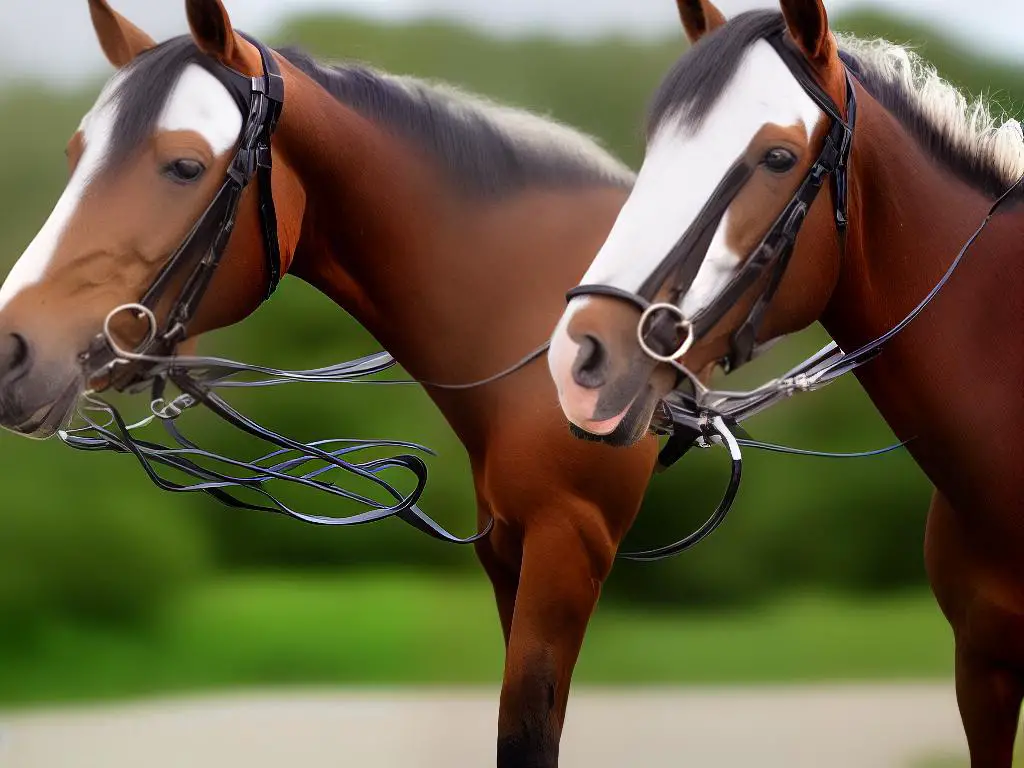
Through dedication and attention to detail, proper Saddlebred care and grooming will allow these majestic animals to flourish and reach their full potential in performance and companionship. Keep these invaluable tips in mind as you embark on your journey of caring for your Saddlebred Horse, ensuring their optimal health, happiness, and longevity.